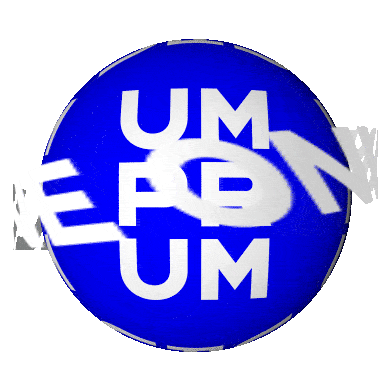


Terra Syn(es)thetica explores how emerging technologies—AI, robotics, 3D printing, and data-driven systems—are radically transforming our environments.
In response to the festival theme Panic – yes/no, the exhibition balances between fear and possibility. Faced with climate crisis and ecological degradation—often accelerated by technological progress, panic feels justified. Yet, these same tools offer potential for renewal, resilience, and reimagined futures. Can we collaborate with machines without surrendering control? Could the cooperation have a deeper meaning and bring mutual understanding?
Bringing together works by students and researchers from the Studio of Architecture III at the Academy of Arts, Architecture and Design in Prague, the exhibition presents speculative narratives of biointegrative urban planning, data-informed ecologies, innovative robotic assemblages and fabrication approaches. Audiences will encounter a world where natural and synthetic esthetics intertwine—blurring not only what is designed by humans and what emerges from algorithms, but also for whom.
Terra Syn(es)thetica opens a space for reflection. Should we panic or prototype new ways of inhabiting the Earth?
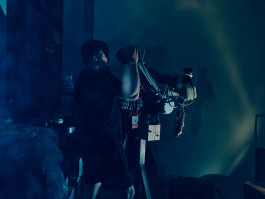
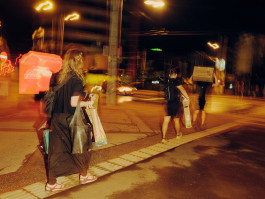

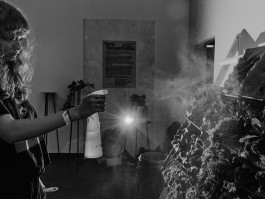
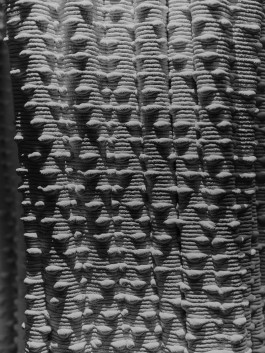
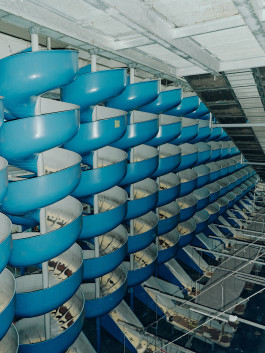
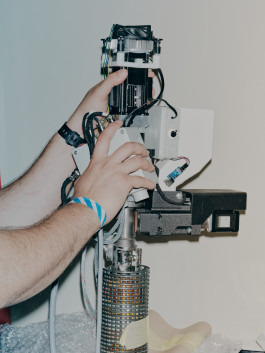

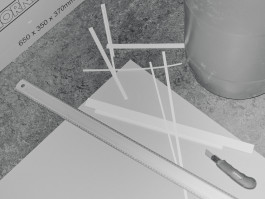
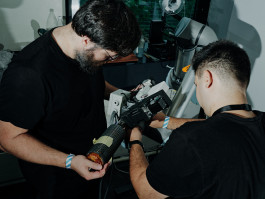


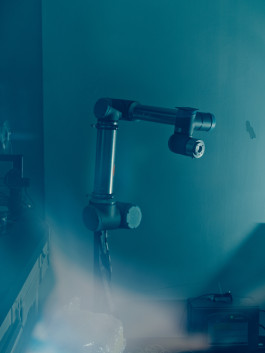
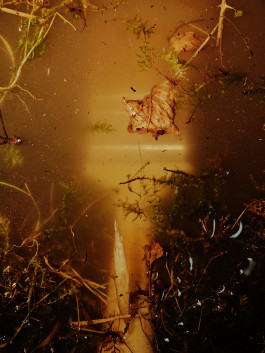

Photo: Eda Babák
Biotopization of Roofscapes
Stela Kučerová
Michael Šourek
Adam Varga
We all complain about heat waves and droughts, yet let rainwater, the solution, drain away unused. While it is sometimes harvested for individual use, we envision a more collective approach: using it on rooftops to transform a city’s microclimate. By redesigning traditional ceramic tiles, we aim to retain water, cool buildings through evaporation, and encourage local flora to naturally thrive. Our goal is to turn urban rooftops into vibrant, climate-resilient ecosystems that help combat heat and support biodiversity.
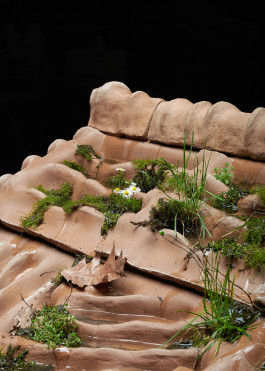

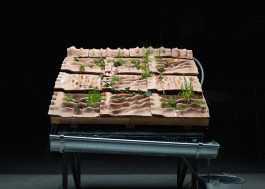
Photo: Tomáš Zumr
Mossform
Sára Kordová
Daniel Sviták
Adam Varga
Měchověc (Mossform) is a porous ceramic object that passively humidifies air through evaporation. Designed for interiors, it retains and releases moisture without electricity and can host moss or plants, blurring the object and surrounding ecosystems. As a humidifier, sculpture, or planter, it quietly brings nature indoors.
Porastudio merges science and design to create 3D-printed ceramic forms that are both functional and research-driven.


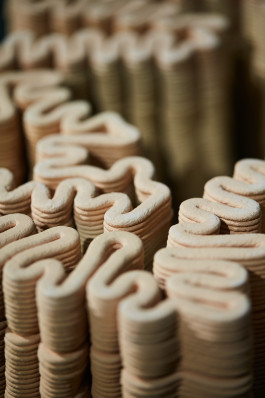
Photo: Jiří Královec
REMMP – Robotic Engineering of Multimaterial Multiobjective Paraphernalia
Daniel Sviták
A robot hovers above a mutable landscape—attuned to vibrations from stock markets, wind currents, and its maker’s presence. As it prints across clay and wood, it alters embedded materials, weaving intricate patterns into responsive panels—part archive, part spatial poetry. REMMP expands large-scale 3D printing into a realm of interaction and complexity, introducing a paradigm of additive fabrication that is not only multimaterial—but meaningfully multimodal.
performance:Every 3 hours an interactive live 3D printing session will take place. It will be a reoccurring event, every day. First one will start an hour after the start of the day, and then again after three hours. The printing will take about two hours.
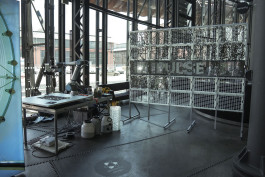
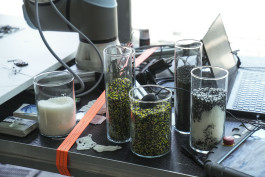
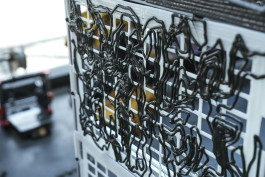
Photo: Daniel Sviták
Urbioms of the Symbio(s)cene
Adam Varga
The collapse of the biosphere and biodiversity ranks among the main challenges of our time. This project explores urban planning based on the restoration and support of natural habitats. The work presents the concept of URBIOMs—bioinclusive parts of cities—and analyzes map data for digital processes used in their design. In conclusion, generative AI and other generative tools are employed to visualize the metamorphosis of a rewilded urban city plan.
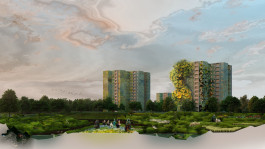


Photo: Adam Varga

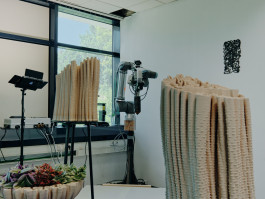
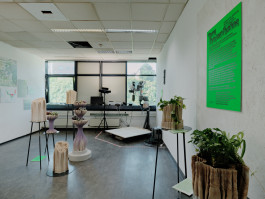
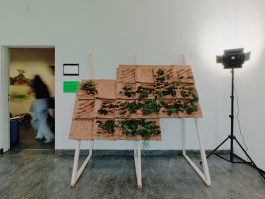
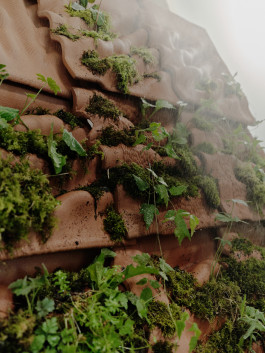
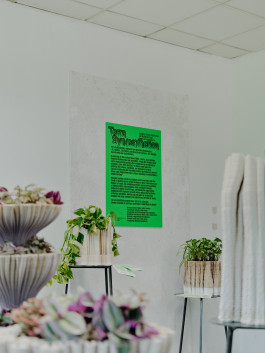

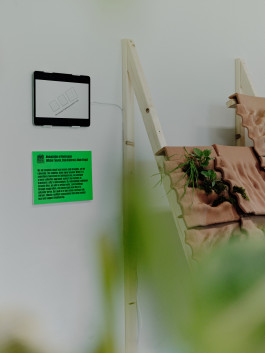


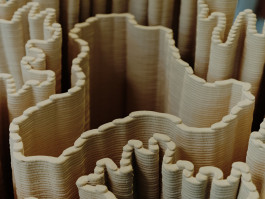
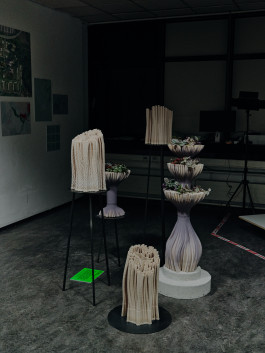
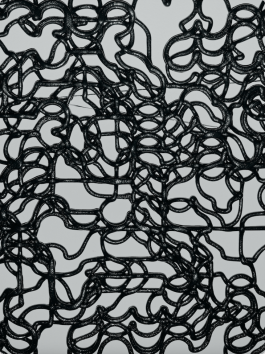
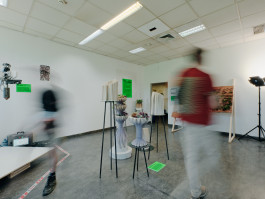

Photo: Eda Babák
Ars Electronica Festival
3-7 September 2025
Concept: Imrich Vaško, Shota Tsikoliya
Text: Shota Tsikoliya, Adam Varga
Translation and Proofreading: Alica Grebáčová
Exhibition Architecture: Adam Varga, Daniel Sviták
Graphic Design: Margarita Ryzhakova
Photos: Tomáš Zumr, Adam Varga
Production: Michaela Kaplánková